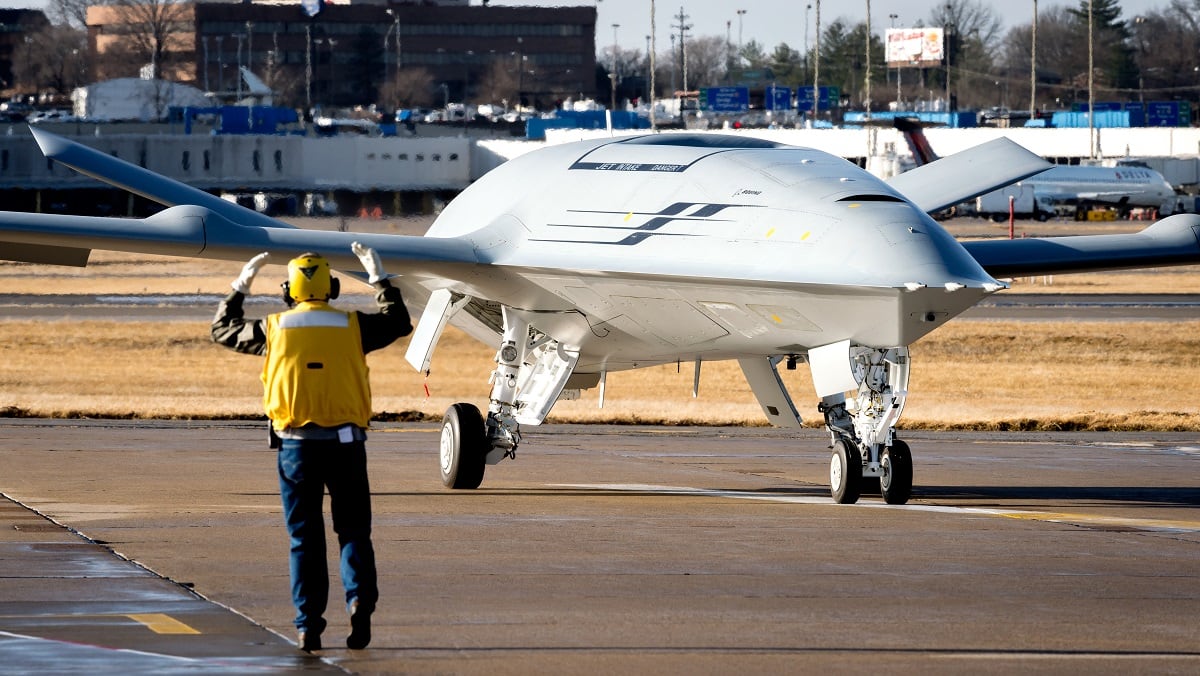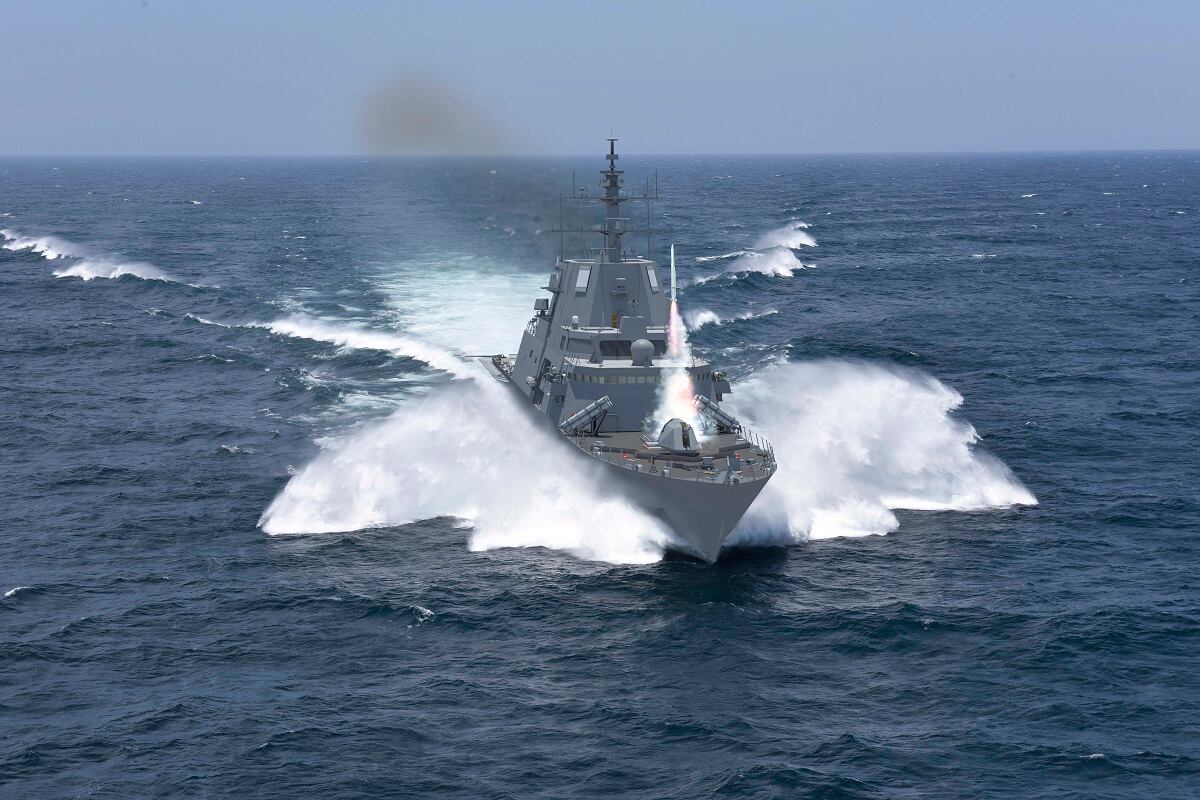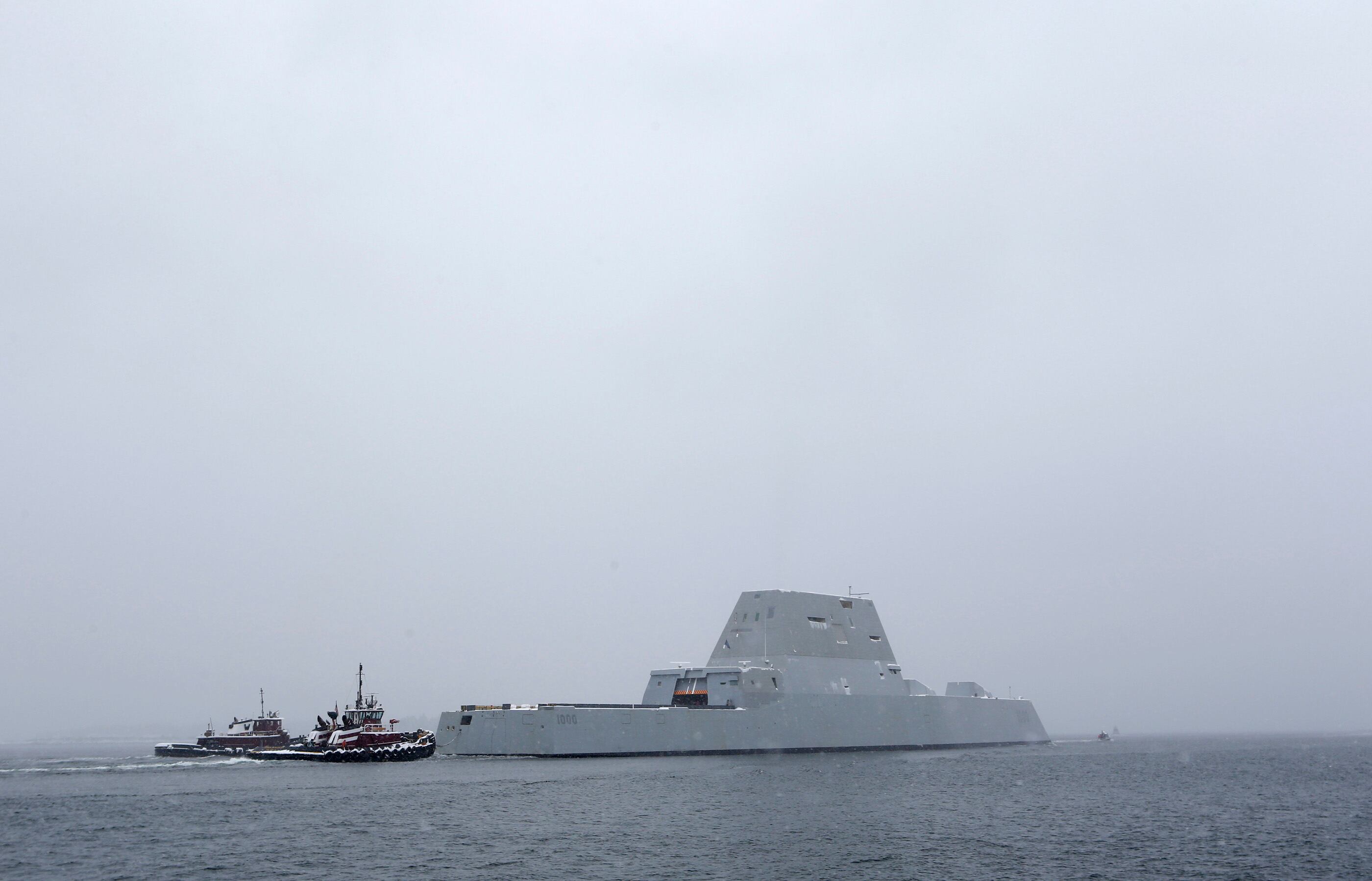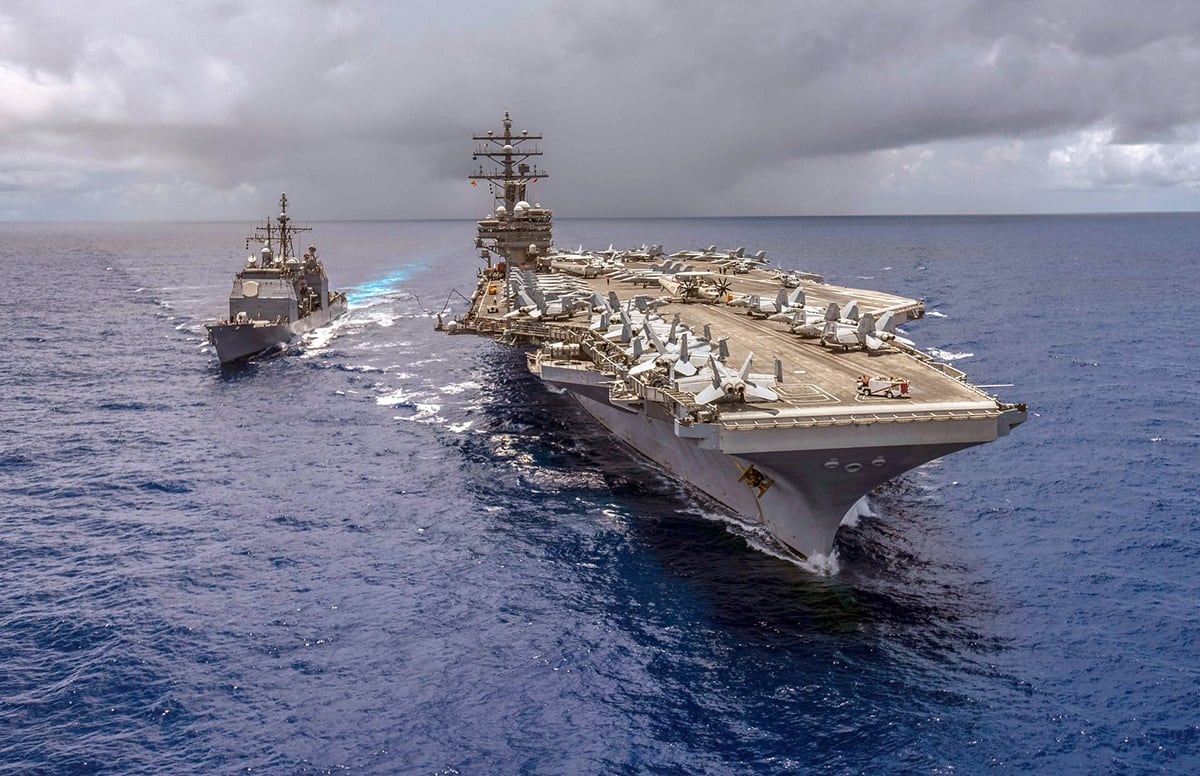WASHINGTON — The U.S. surface fleet has a big year in store for 2019, and we’re going to start getting more details very soon on what the future has in store for surface warriors.
But surface leadership has been dropping clues on where things are going. Here’s a handy reference guide for heading into January’s Surface Navy Association annual symposium and for what the fleet has up its sleeve for the coming months.
Robot wars
The Chief of Naval Operations’ Surface Navy Director Rear Adm. Ron Boxall forecast what was on his mind at a recent training and simulation conference in Orlando.
The focus for Boxall and the N96 shop will be to get more sensors and weapons into the battlespace, distributed and networked, so that a smaller number of larger warships can act as command and control for smaller units.
“If you think about what we are trying to do with the surface force, we have large and small surface combatants that will [ultimately make up part of the 355-ship Navy] but we have no requirement for unmanned surface vessels right now, which I see as an absolutely critical part of distributed lethality, distributed maritime operations environment that we are moving into,” Boxall said. “Ultimately I need more nodes out there.”
RELATED

N96 is looking closely at what might be needed for a large unmanned surface vessel, much like the Sea Hunter drone developed by the Defense Advanced Research Projects Agency.
“I think these are what you need to go in the water and carry large things and be more places at less cost,” Boxall said. “So, in that nodal structure, we are looking at them becoming large sensors or large shooters, but we are still working out the requirement.”
Developing unmanned vessels for military use was a key component of a recent agreement with NATO forged during the July summit.
Future frigate
Next year is the crucial year for FFG(X), the year when the Navy finalizes its requirements and puts the first hull out to bid for a 2020 detailed design and construction award.
Look for news to creep out on this ship throughout the year but Boxall had some remarks on how it will fit into the fleet now in development. Boxall hinted that the planned 20 hulls may be a low-ball figure, and that he’s looking to maybe keep the program going beyond that.
“It will be a very capable ship, but it won’t have a lot of capacity,” he said. “But it will be able to both sense and shoot and do command and control at a smaller level. It will be a much less expensive platform and I can have more of them.”
RELATED

Training
Training is a major focus of Surface Navy boss Vice Adm. Richard Brown, and some ongoing efforts will start to bear fruit in 2019.
Earlier in 2018, the Navy reprogrammed $24 million to build a Maritime Skills Training Program, which will be heavily reliant on simulators to bring together officer and enlisted watchstanders from both the bridge and the combat information center to train on equipment and work as a unit.
“We’ve secured the funding for the maritime skills training centers, which is going to do two things: individual officer training through the [officer of the deck training],” Brown said earlier this year. “So that, in conjunction with building out the navigation, seamanship and ship-handling trainers in the fleet concentration areas, will give us integrated bridge and [combat information center] training at the high end. That’s my No. 1 priority.”
Those facilities will be ready for use by the waterfront in the 2021 time frame, Brown said. Upgrades to existing simulators are being rolled out this month.
DDG-1000
Look for news on the future of DDG-1000.
The first of the class, the Zumwalt, is wrapping up its combat systems installation in San Diego and will start the process of integrating the three-ship class into the fleet. We’re going to find out more about its new mission – surface strike – and how the Navy plans to employ its behemoth new surface combatant.
RELATED

The Navy has pivoted away from its long odyssey to find a use for its advanced gun system, with requirements boss Vice Adm. William Merz saying in testimony in April that the Sisyphean task of getting a working gun on Zumwalt was holding the ship back.
“Even at the high cost, we still weren’t really getting what we had asked for,” he said. “So what we’ve elected to do is to separate the gun effort from the ship effort because we really got to the point where now we’re holding up the ship.”
Instead, efforts are going to focus on getting Zumwalt into the fleet and on the hunt for ships to kill.
Large surface combatant
Last up, the Large Surface Combatant should start getting some meat on its bones in 2019.
Boxall and company are aiming to put the fleet on a course to buy its cruiser and destroyer replacement in 2023 or 2024, which means a request for information from industry could be in the near future.
What we know is that, like the small surface combatant, the Navy wants commonality with other nodes in the network. That means a similar radar as on FFG(X), the same combat system and as much overlapping equipment as the fleet can manage to tamp down on compatibility issues and on how much specialized training sailors need to be on one platform or another.
RELATED

David B. Larter was the naval warfare reporter for Defense News.







